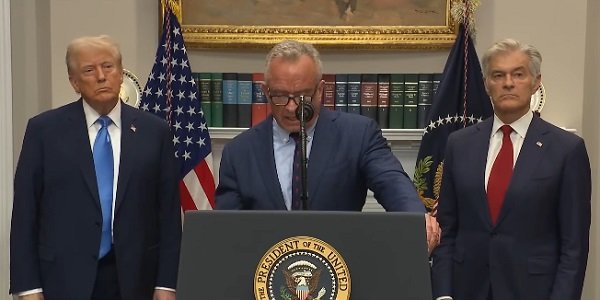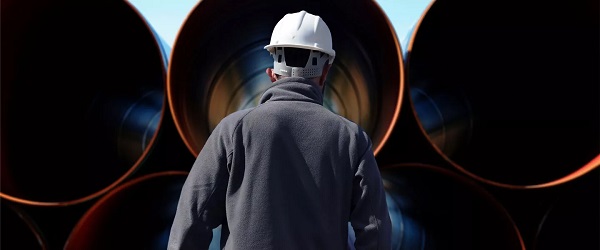Daily Caller
‘Drill, Baby, Drill’ Or $50 Oil — Trump Can’t Have Both
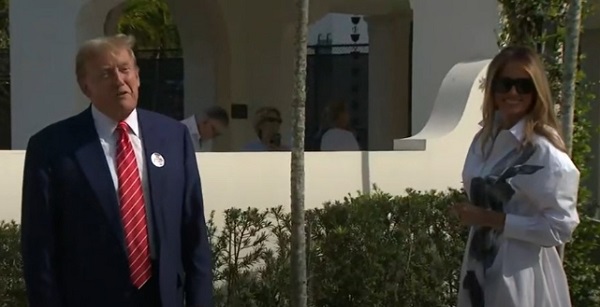

From the Daily Caller News Foundation
By David Blackmon
President Donald Trump has often made clear his goal of cutting prices for energy as part of his overall agenda to break the back of chronic inflation left behind by the Biden presidency. When talking about this goal, the president has placed special emphasis on lowering the price of crude oil, given its integral relationship to gas prices at the pump and transportation-related costs which go into the price of food, clothing and other consumer goods.
“A very big thing that I’m very happy with is oil is down,” Trump said in remarks in the Oval Office on Wednesday. “We’re getting that down. When energy comes down, prices are going to be coming down with it. So, in a very short period of time, we’ve done a very good job.”
White House advisor Peter Navarro has been quoted by The New York Times and other media outlets as saying that an average oil price of $50 per barrel would help tame inflation and set the stage for a return to a healthier economy. If that is indeed the goal, this week’s confluence of events, featuring a bigger-than-expected increase in oil production quotas from the OPEC+ oil cartel preceded less than 24 hours earlier by the president’s announced reciprocal tariffs on a wide array of countries went a long way to doing the trick.
Just prior to Trump’s tariff announcement Wednesday afternoon, the price for West Texas Intermediate crude stood at $70/bbl. Less than 48 hours later, the price had fallen below $61, a drop of about 15%. It was the largest 2-day decline in crude prices since 2021. How much of the price decrease is due to the tariffs as opposed to the OPEC+ agreement to pour another 137,000 barrels per day onto the international market is hard to know, but there is no doubt both actions had an impact.
As I’ve noted previously, this action to force lower prices for oil and natural gas lies directly at odds with the concurrent Trump “drill, baby, drill” objective which he sees as a key part of his American Energy Dominance agenda. The White House gave a nod to the oil refining segment in the Wednesday tariff announcement by exempting energy imports, another action at least in part aimed at lowering prices for gasoline and diesel fuel.
But that nod to the downstream segment does little for upstream companies who have seen supply chain muck-ups and Biden-era inflation raise break-even prices above Friday’s levels. The Q1 2025 Energy Survey Report published March 26 by the Dallas Federal Reserve estimates that drillers in the Permian Basin require a $61 oil price just to break even on drilling new shale wells. The needed breakeven price rises higher in other, less prolific basins. CNN quoted independent oil analyst Andy Lipow as saying that many upstream companies require prices closer to Monday’s $71/bbl level for new shale wells. It almost goes without saying that operators will have little incentive to “drill, baby, drill” if they stand to lose money doing it.
In an interview with Fox Business host Stu Varney on Tuesday, Energy Secretary Chris Wright, himself a former oil industry executive, said, “If your state has expensive energy, it’s because of choices made by politicians in those states to virtue signal somehow they’re on some global mission. They’re going to solve climate change by making your utility bills more expensive and your businesses want to relocate out of the states. That’s just nonsense.” He added that Trump was pursuing energy policies based on common sense, saying, “common sense will deliver more investment in our country and lower energy prices.”
No doubt, few executives in the industry would agree that a pursuit of $50 oil prices has anything to do with common sense for their companies. If prices should drop that far and linger there for any length of time, layoffs and idled drilling rigs will become the prevailing topic of the day in oil and gas.
So, while the White House might continue touting its “drill, baby, drill” slogan for the time being, we won’t hear it echoing through the barbecue and Tex-Mex joints in Midland, Texas, for the time being.
David Blackmon is an energy writer and consultant based in Texas. He spent 40 years in the oil and gas business, where he specialized in public policy and communications.
Business
Pfizer Bows to Trump in ‘Historic’ Drug Price-Cutting Deal
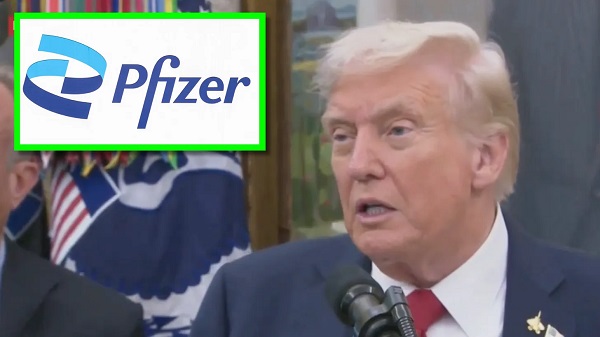
Under the agreement, New York-based Pfizer will charge most-favored-nation pricing to Medicaid and guarantee that pricing on newly launched drugs, Trump said. That involves matching the lowest price offered in other developed nations.
In a landmark announcement, President Trump revealed a deal with Pfizer that slashes drug prices for Americans on Medicaid on a massive scale.
Under this agreement, Pfizer will offer its medications to Medicaid at “most favored nation’s prices.”
Under the agreement, New York-based Pfizer will charge most-favored-nation pricing to Medicaid and guarantee that pricing on newly launched drugs, Trump said. That involves matching the lowest price offered in other developed nations.
“It’s going to have a huge impact on bringing Medicaid costs down like nothing else,” the president said.
“I can’t tell you how big this is,” he added.
The conference opened with Trump telling Pfizer CEO to his face that he is “surprised” he is agreeing to massive price cuts to his company’s drugs.
Albert Bourla smiled and stood silently as Trump announced devastating news for his company’s profits in America.
RFK Jr. heaped praise on President Trump for several minutes after he struck a deal that other politicians said was impossible.
Kennedy called it something “Democrats have wanted for 20 years, Republicans have wanted for 20 years,” but said no president had ever been able to make it happen until Trump pushed drug companies to the table.
“All we could see was all the reasons this couldn’t happen. Everybody tried. Nobody could make it happen. And it was President Trump alone who, with his doggedness and persistence, saw this clearly in a way that none of us [did],” Kennedy said.
“I can’t think of any other president in the United States that could have done this in our history.”
Dr. Oz couldn’t hide how proud he is to work for the White House — calling it a “cool place to work” after Trump did the impossible in a “historic” deal that forced pharmaceutical giants to stop ripping Americans off on drug prices.
He said the team had been working “24/7 nonstop with industry, with Albert [Bourla], with his great team at Pfizer” to get them to sell prescription drugs to Medicaid at the lowest global rate.
“We’re going to finally deliver on the fair drug prices that President Trump has been speaking about for two terms. We’re going to celebrate this historic day. I predict this historic day [will have a positive impact] in the medical field for generations to come,” Dr. Oz declared.
When Pfizer CEO Albert Bourla got his chance to speak, he revealed that President Trump made four specific requests to lower drug prices in America — and Pfizer’s deal today meets ALL of them.
Bourla admitted America was in an “unfair situation” while “other rich nations refused to pay their fair share for the medical innovation.”
That’s changing. Under the new agreement, Medicaid sale prices will drop significantly. Meanwhile, other countries that have long paid rock-bottom prices will see modest increases.
The big winner in this deal, Bourla said, was “the American patient.”
“Who else is a winner here?” he asked. “It is American innovation and American economy.”
Trump suggested that the breakthrough on drug prices could also translate to lowering health insurance.
In terms of real-world results, Trump called it “massive.” He explained how a drug that sells for $137 in America will drop to just $15 to $18.
In other countries, the same drug is sold for only $10, and they will now have to raise the price slightly.
But America is no longer footing the bill, so the rest of the world can get cheap drugs. And finally — in a move once thought impossible — Americans on Medicaid will be paying a fair price.
Business
Over $2B California Solar Plant Built To Last, Now Closing Over Inefficiency


From the Daily Caller News Foundation
By Hailey Gomez
The partially taxpayer-funded Ivanpah Solar Power Facility in California’s Mojave Desert is set to shut down in 2026 due to inefficiency in generating solar energy, according to the New York Post.
The $2.2 billion plant, which features three 459-foot towers, was greenlit in 2010 and completed in 2014. According to the New York Post the closure stems from the site being “outpaced by solar photovoltaic technology” and proving both inefficient and costly. The shutter of the site comes more than a decade ahead of its original 2039 end date, according to the Associated Press.
Speculation about Ivanpah’s early closure began in January, when Pacific Gas & Electric announced an agreement with the plant’s owners to terminate its contracts.
“Ivanpah Solar was built when developers were investing in many different types of clean energy. The goal was to find efficient and affordable technologies to reduce the need for greenhouse gas-emitting fossil fuels,” PG&E wrote in a January press statement.
“The technology had worked on a smaller scale in Europe. Spain had several concentrating solar projects of up to 20 megawatts. In the 2000s and 2010s, various private companies invested in large-scale concentrating solar power in the United States. But over time, solar photovoltaic technology raced ahead of its rival in affordability,” the press statement continued.
Funds for the massive plant partially came from former President Barack Obama’s Department of Energy, which in 2011 issued $1.6 billion in three federal loan guarantees under former Secretary of Energy Ernest Moniz. At the 2014 opening, Moniz touted federal support for the project, calling it “a shining example” of America’s leadership in solar energy.
“The Ivanpah project is a shining example of how America is becoming a world leader in solar energy,” said Secretary Moniz, as reported by PBS. “As the President made clear in the State of the Union, we must continue to move toward a cleaner energy economy, and this project shows that building a clean energy economy creates jobs, curbs greenhouse gas emissions, and fosters American innovation.”
In recent years, California has faced mounting problems with solar energy and refineries. In August 2024, major rooftop solar company SunPower filed for Chapter 11 bankruptcy in Delaware after struggling with issues like California’s rooftop solar subsidy programs and high interest rates.
-

 Fraser Institute2 days ago
Fraser Institute2 days agoAboriginal rights now more constitutionally powerful than any Charter right
-
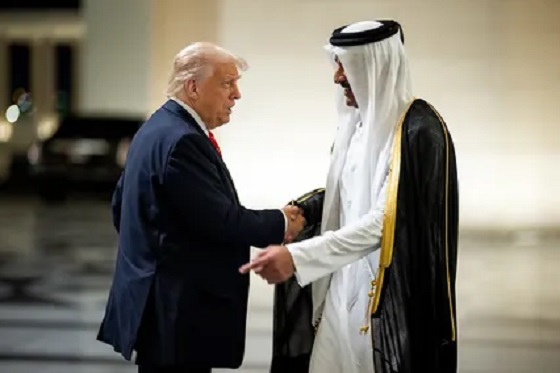
 International2 days ago
International2 days agoArab and Muslim nations rally behind Trump’s Gaza peace plan
-
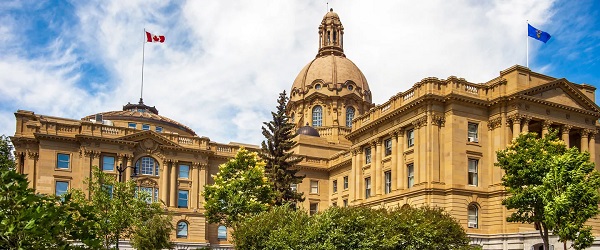
 Alberta2 days ago
Alberta2 days ago$150 a week from the Province to help families with students 12 and under if teachers go on strike next week
-

 Agriculture2 days ago
Agriculture2 days agoCarney’s nation-building plan forgets food
-
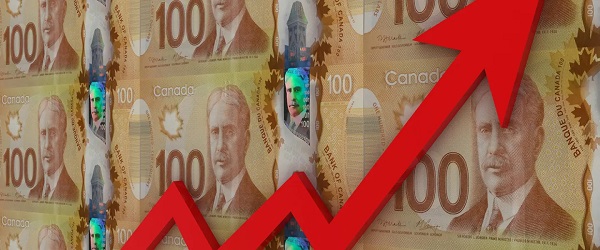
 Business2 days ago
Business2 days agoNew PBO report underscores need for serious fiscal reform in Ottawa
-

 Business2 days ago
Business2 days agoPfizer Bows to Trump in ‘Historic’ Drug Price-Cutting Deal
-

 National1 day ago
National1 day agoCanada’s birth rate plummets to an all-time low
-

 Also Interesting2 days ago
Also Interesting2 days agoCan Sugar Rush 1000 Satisfy Your Sweet Tooth for Wins?









